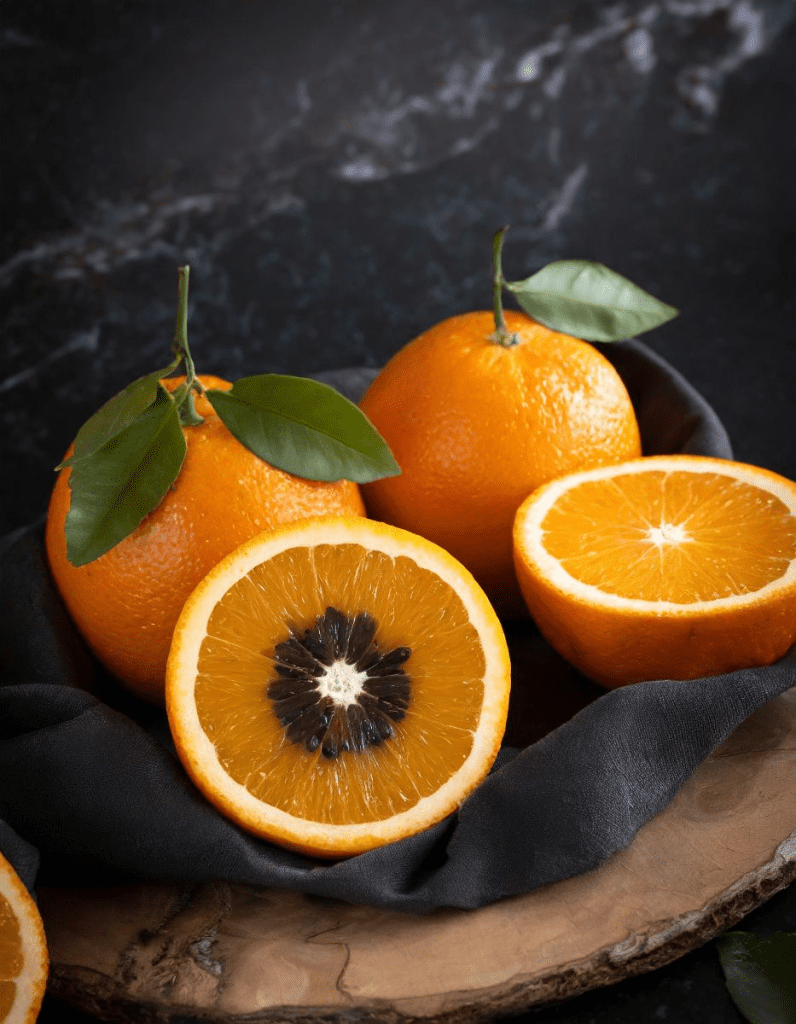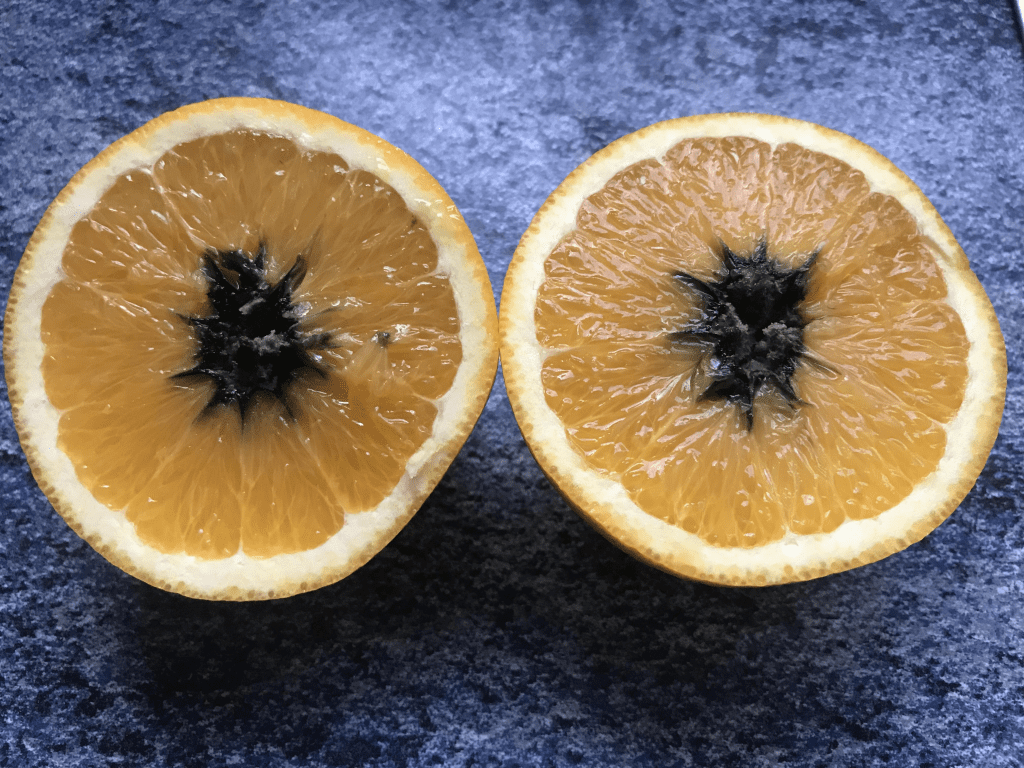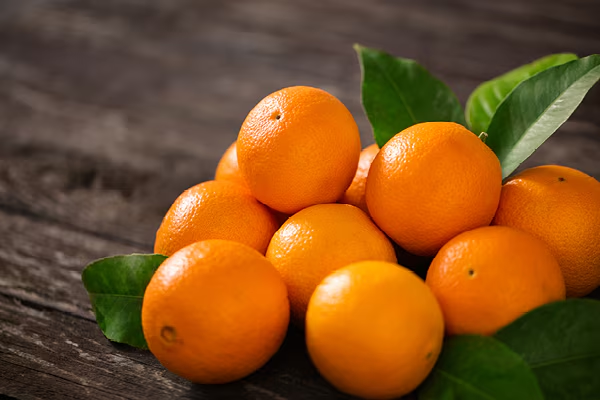When you slice into a fresh orange, the last thing you expect is to see black spots or areas that look suspicious. Oranges are known for their vibrant, juicy orange flesh, but sometimes, you may encounter black stuff inside. Naturally, this raises questions: What is it? Is it safe to eat? Or should you toss the orange and move on? In this article, we will dive into these questions, exploring the potential causes of this unusual discoloration and whether or not you should be concerned about consuming it.
Understanding the Black Stuff Inside Oranges

When you discover black stuff inside an orange, it’s easy to assume something has gone wrong. But what exactly is that black material?
What is the Black Stuff Inside Oranges?
The black spots or areas you might come across inside an orange can stem from different sources. Most commonly, it could be:
- Darkened seeds: Seeds that have ripened or aged past their prime can turn black or brown, which may surprise you if you’re expecting the usual pale seeds.
- Fungal or mold growth: Sometimes, if an orange has been stored improperly, it may develop mold. Mold inside an orange can appear as black or dark green spots and is a sign that the fruit may be past its best.
- Decomposition: Black areas could also indicate that part of the orange flesh has begun to break down due to bruising, overripeness, or improper storage.
Identifying what kind of black material you’re dealing with is key to deciding whether you can still enjoy the orange or if it’s time to toss it.
Causes of Black Spots and Discoloration
Several factors can contribute to black stuff forming inside an orange. These include:
- Overripening: As oranges age, they can undergo changes. Seeds may darken as they ripen past their prime, or the flesh might start to break down.
- Storage issues: Storing oranges in damp or humid environments increases the risk of mold or fungal growth, leading to black spots or areas within the fruit.
- Physical damage: Bruised oranges are more likely to show internal discoloration, including black spots, as the damaged flesh begins to degrade.
Understanding these causes helps determine whether the orange is safe to eat or has been compromised.
Is It Safe to Eat Oranges with Black Stuff Inside?
Now comes the most pressing question: is it safe to eat oranges that have black stuff inside? The answer depends on what exactly the black stuff is.
When Is It Safe to Eat the Orange?
If the black stuff is simply darkened seeds, there’s no reason for concern. Seeds naturally darken as the fruit ripens, and while they may not look appetizing, they don’t affect the safety of the fruit. Just remove the seeds and enjoy the rest of the orange.
Another situation where it may be safe to eat is if the discoloration is minimal and doesn’t spread across the entire fruit. Minor bruising or ripening-related black spots on the flesh might still leave large parts of the orange perfectly edible.
When Should You Avoid Eating the Orange?

If the black stuff inside your orange appears moldy or powdery, it’s best to avoid eating it. Mold can grow on fruit that has been stored too long or improperly and can produce toxins. You might also notice a musty or unpleasant smell accompanying the black areas, which is another clear sign that the fruit has gone bad.
Consuming moldy or rotten fruit can lead to stomach issues or even introduce harmful bacteria into your system. So, if the orange shows signs of mold or gives off an off-putting odor, it’s time to toss it.
Preventing Black Spots Inside Oranges
Nobody likes wasting food, especially when oranges are such a popular and nutritious snack. Luckily, there are steps you can take to prevent the development of black spots inside oranges and keep them fresh for longer.
Proper Storage Tips
The way you store your oranges can make a big difference in whether they develop mold or black spots. Here are some tips:
- Cool and dry conditions: Oranges fare best in a cool, dry place. Excess moisture can encourage the growth of mold, leading to those unwanted black spots.
- Refrigeration: Storing your oranges in the fridge can extend their shelf life and reduce the chances of mold growth, especially in warm or humid climates.
- Avoid piling: If possible, avoid stacking oranges on top of one another, as bruising from pressure can lead to internal damage and blackened areas.
Inspection Before Consumption

Before eating an orange, always take a moment to inspect it. Look for:
- Soft spots: These could be a sign of bruising or internal decay.
- Visible mold: Mold is a clear indication that the orange should be discarded.
- Unusual odors: If the fruit smells off or musty, it’s likely no longer safe to eat.
By taking these simple precautions, you can ensure that the oranges you consume are fresh, safe, and free of black stuff.
When in Doubt, Throw It Out
If you’re ever unsure about the safety of an orange, the best advice is simple: when in doubt, throw it out. It’s not worth risking your health over a questionable piece of fruit, especially if mold or decay is involved.
Conclusion
Discovering black stuff inside an orange is never pleasant, but it’s not always a reason to panic. In many cases, darkened seeds or minor bruising can be harmless. However, when mold or a bad odor is present, it’s best to avoid eating the orange. Proper storage, regular inspection, and a little caution go a long way in keeping your oranges fresh and safe to eat. So, next time you slice into an orange, you’ll know exactly what to do if something doesn’t look quite right! Stay safe and enjoy your fruit.


